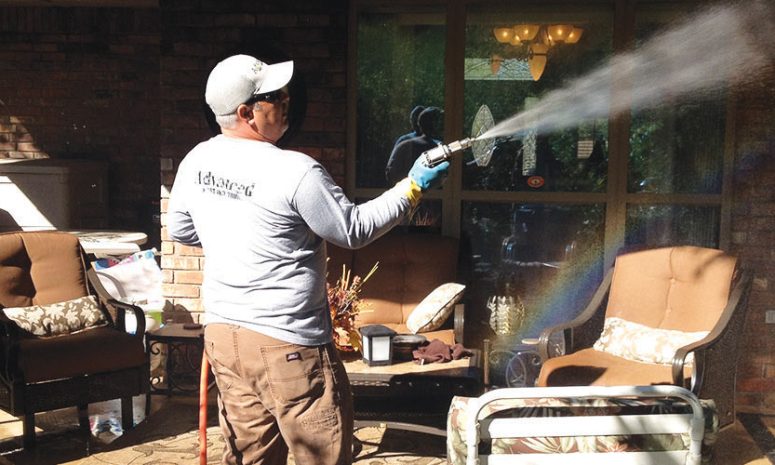
Every household eventually has to deal with the issue of pest infestations, no matter how severe or mild. Ants, roaches, and rats—you’ve probably got one or two in your house, and most of the time, people or experts like Lawton pest control pros use physical pest control methods.
What Is Physical Pest Control?
Physical pest control involves eliminating pests such as insects and rodents by eliminating them physically or blocking their access to your property. While largely utilized in agricultural settings, several of these techniques could also be useful in the household.
Physical pest control methods include exterminating pests by hand, blocking off potential entry points like cracks and doors, utilizing heat to kill insects, and catching them in traps.
Field burning and trap cropping are two common examples of physical control methods used in agriculture. To learn more about the practices that are part of physical pest management:
4 Physical Pest Control Practices
Barriers
Physical barriers are sometimes the best method to avoid insect harm. Spiders, ants, and other crawling insects may be kept out of a building by sealing any openings or installing door sweeps.
Young plants may be protected from pests by covering them with row covers, hot caps, or other forms of plant cages. After the vulnerable seedling stage, you have the option of removing the cover or leaving it on to keep out pests and birds.
The majority of flying or crawling pests, such as ants, flies, mosquitoes, spiders, and rodents, may be kept out of the home with the aid of well-maintained screens.
Animals
In the past, humans relied on animals like dogs, cats, and even birds to help keep pest populations down.
- Dogs
Since bed bugs have recently made a comeback, specially trained dogs that can smell and locate them have become an invaluable resource in the battle to contain the infestation.
The dogs are put through a rigorous training regimen, much like that of police dogs; however, they are taught to identify and eliminate bedbugs rather than explosives or illegal substances.
- Cats
Because cats eat mice, gophers, rats, and other pests that might cause damage, they can be useful in rodent management.
Efforts are being made in many areas in the countries to reduce the euthanasia rate of cats by promoting the adoption of feral and barn cats for pest control reasons.
- Birds
Even while certain birds are perceived to be a nuisance to humans and other animals, other birds, such as songbirds and wild birds, are good for the ecosystem because they prey on other pest species, particularly insects.
Traps
Traps used to catch insects may be rather diverse, with options varying widely according to the kind of insect being pursued, the setting, and the intended outcome.
Pests traps may range from basic interception devices that collect insects passively to more complex arrangements of lures, baits, or even just the right hues and patterns to entice a particular pest.
Traps may be simple and disposable or sophisticated and costly; either way, they all have the same purpose— to catch pests.
Controlling pests through physical pest control entails removing them from space by means of capture and extermination. This method lessens any danger to human health and the environment, making it a good choice for home and agricultural pest management.




